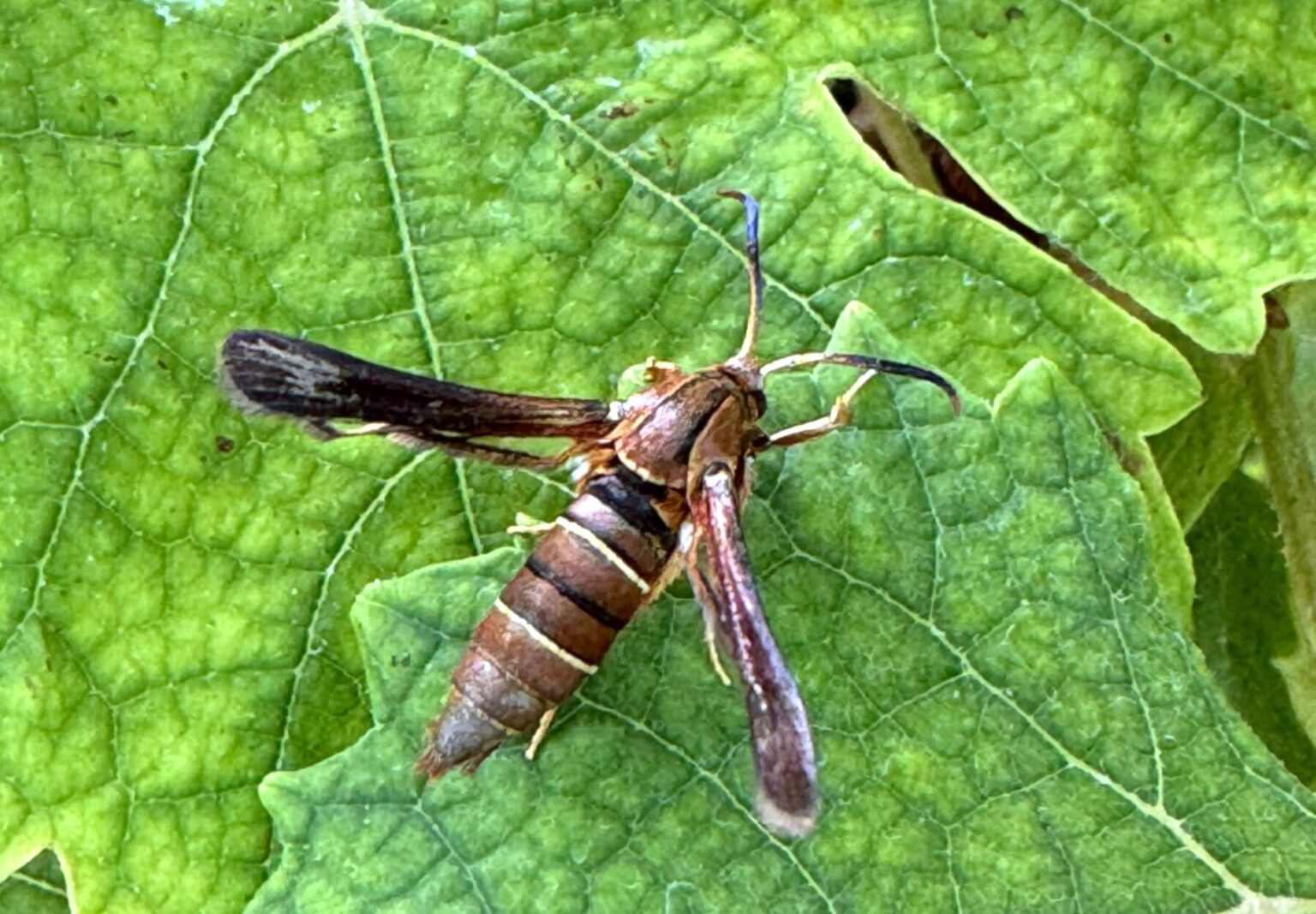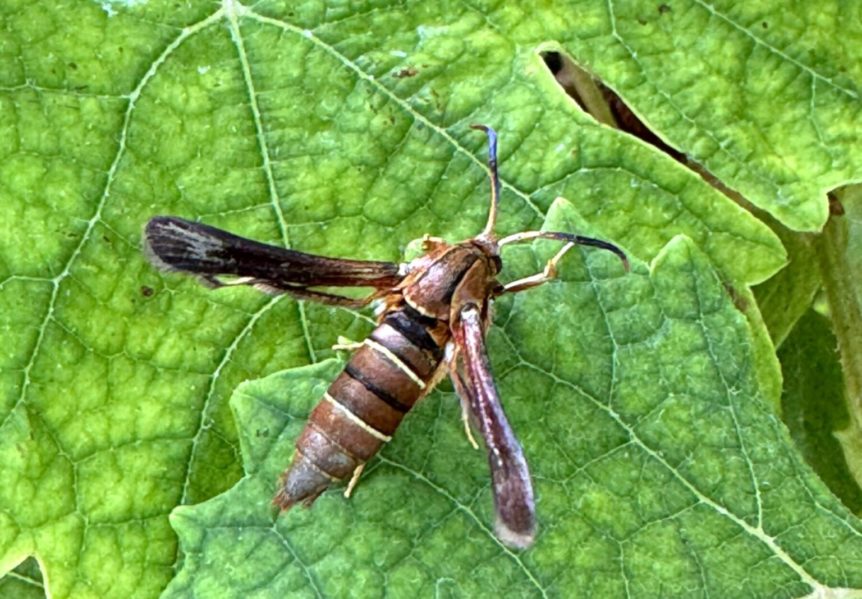
Grape producers in North Georgia and North Alabama must be wary of grape root borer emergence.
Brett Blaauw, assistant professor at the University of Georgia (UGA) College of Agricultural and Environmental Sciences, noted in the UGA Viticulture Blog that adult emergence and activity typically starts in late June or early July. Growers should consider management options for the pest as a result.
Management is vital since damage symptoms include poor vine growth and fruit set, with potential root girdling and vine death.
Producers who are scouting for the insect can use a bucket trap and pheromone. The number of moths collected every week will dictate how much activity is currently happening in your vineyard, which can be used to schedule management activities.
It is also important to monitor the soil underneath the vines for signs of infestation. Adults will leave behind brown pupal cases protruding partially from the ground as they emerge from the soil. Check the area of about 18 inches radially surrounding the base of vines.
Weed control can help with management. If growers eliminate the weeds around the base of the vines, this will reduce sites for egg laying and improve spray coverage. Entomopathogenic nematodes have been effective in managing the pest. They are beneficial round worms that can kill soil-dwelling insects. The nematodes can be applied with standard spray equipment, such as a drench, to the base of the vines.
Insecticides are also effective, as is mating disruption.










